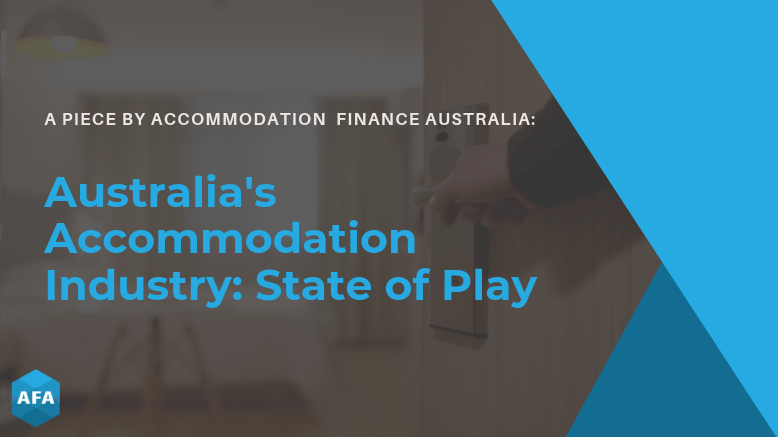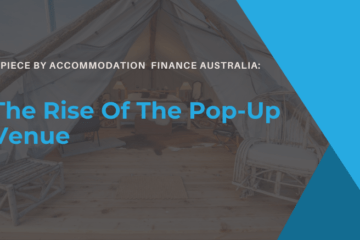Australia’s Accommodation Industry: State of Play

Australia’s accommodation industry is pushing forward on a strong path, with both domestic and international travel on the rise there is high demand for rooms around the country. Tourism Research Australia’s 2018 Accommodation Monitor reported a total revenue of $14.7 billion, and an increased occupancy rate of 76%, if this growth trajectory continues 2019 should be a well-performing year for the industry.
Looking further, it is no surprise that capital cities are outperforming properties in regional areas, recording a RevPAR $43 higher, as well as an occupancy rate of 79.8%, which is 14.6% higher than in regional areas. Examining state by state results, NSW is currently the best performer, however the NT has seen the largest growth with a $7 jump in RevPAR and a 3.8% increase in occupancy rates. This would suggest that as travel to and around Australia grows, the countries more rural locations are seeing a much-needed boost.
The industry has set itself up for growth, with a whopping 299 projects planned up until 2028. These developments will add an additional 50,878 rooms to the countries existing 281,798 rooms, and almost 60% of these new rooms will be opened by 2020. Over half of these new rooms in the pipeline are being driven by independent projects, closely followed by upscale chains.
Looking at investment activity in the sector, Colliers International reported 37 sales throughout 2018, valued at a $1.8 billion in total. Queensland took the lead in this space, with a focus on improving Brisbane locations. Interestingly, the majority of interest has come from international players, after a peak in investment from Australian capital in 2015, there has been a shift with offshore capital dominating transactions in 2018.
It is predicted that the number of transactions will increase throughout 2019 in response to changing markets. However, Colliers identifies debt from developments presents a challenge, and may impact some projects in the pipeline. To overcome this challenge, the industry will likely turn to non-traditional lenders, who have a positive outlook on the future of Australia’s accommodation sector.
As well as funding challenges, the industry faces growing competition from homestay style accommodation, such as Airbnb and Stayz. Tourism Research Australia research shows that in 2010, the number of nights in rented houses/apartments overtook those spent in hotels or similar accommodation. This category has continued to outpace all other forms of commercial accommodation and is largely driven by long-stay visitors, an audience the traditional accommodation market has struggled to capture.
Overall, the state of play in the accommodation industry is positive. Despite external and challenges and competition, investment in the sector is strong and the pipeline indicates a boom in supply over the next few years. Hoteliers continue to see increased performance with both occupancy and RevPAR on the rise, generating revenue which is being funneled back into property improvements and expansion.




